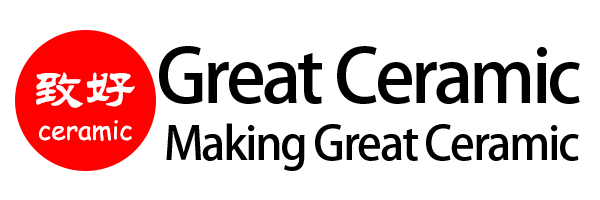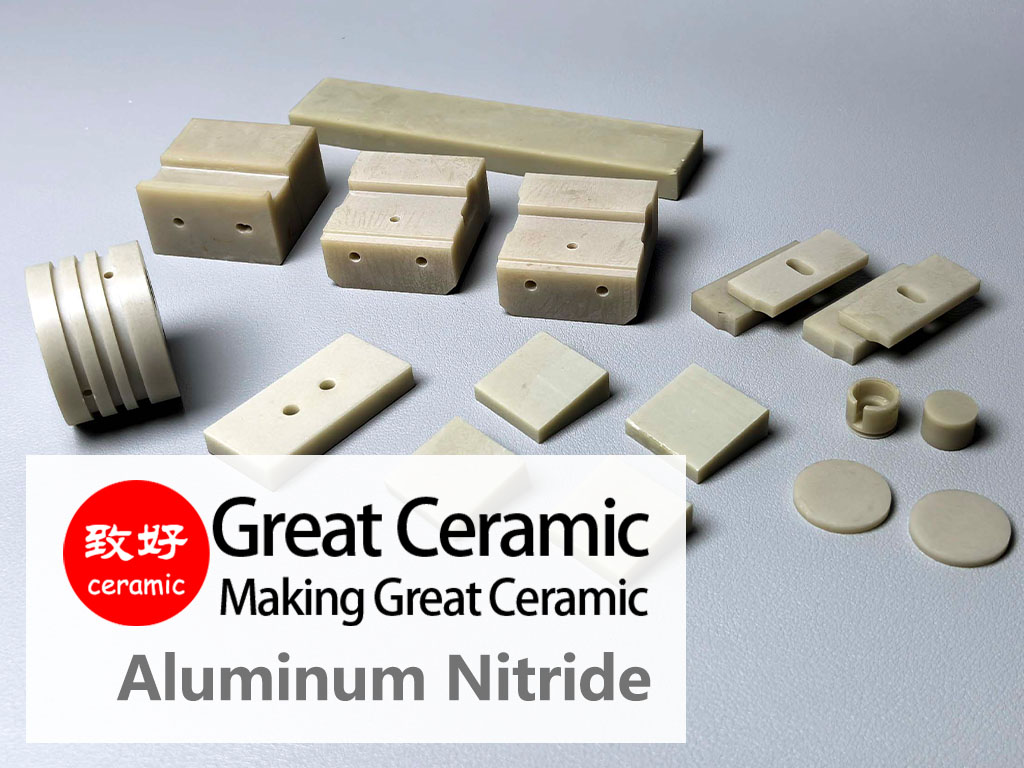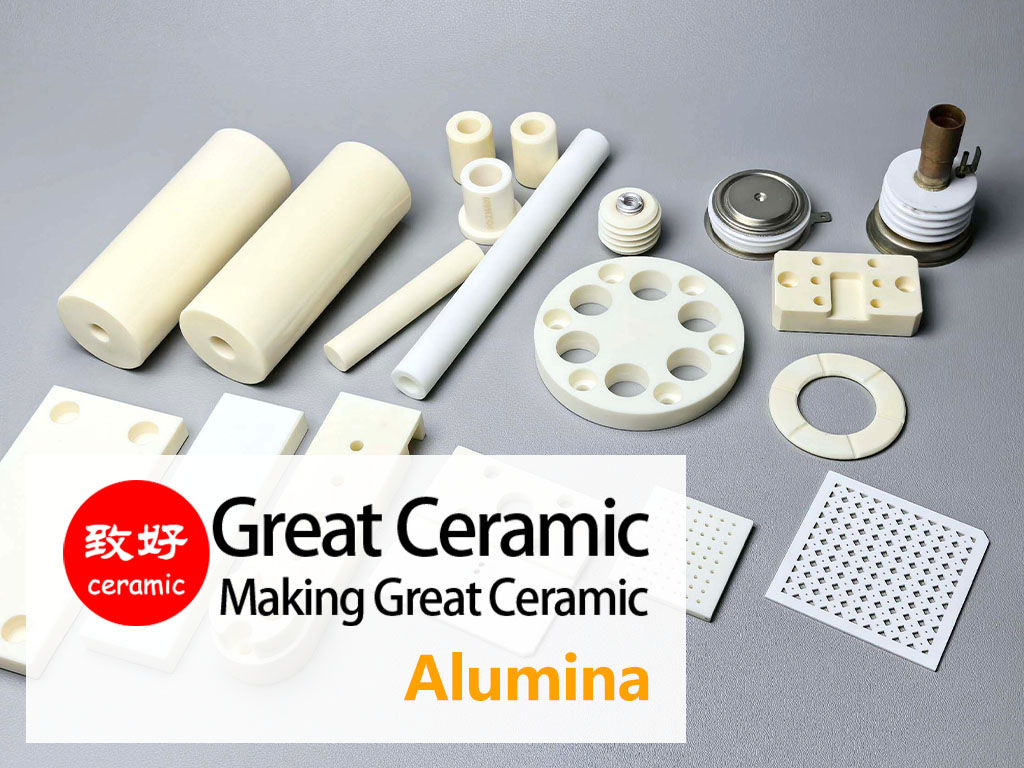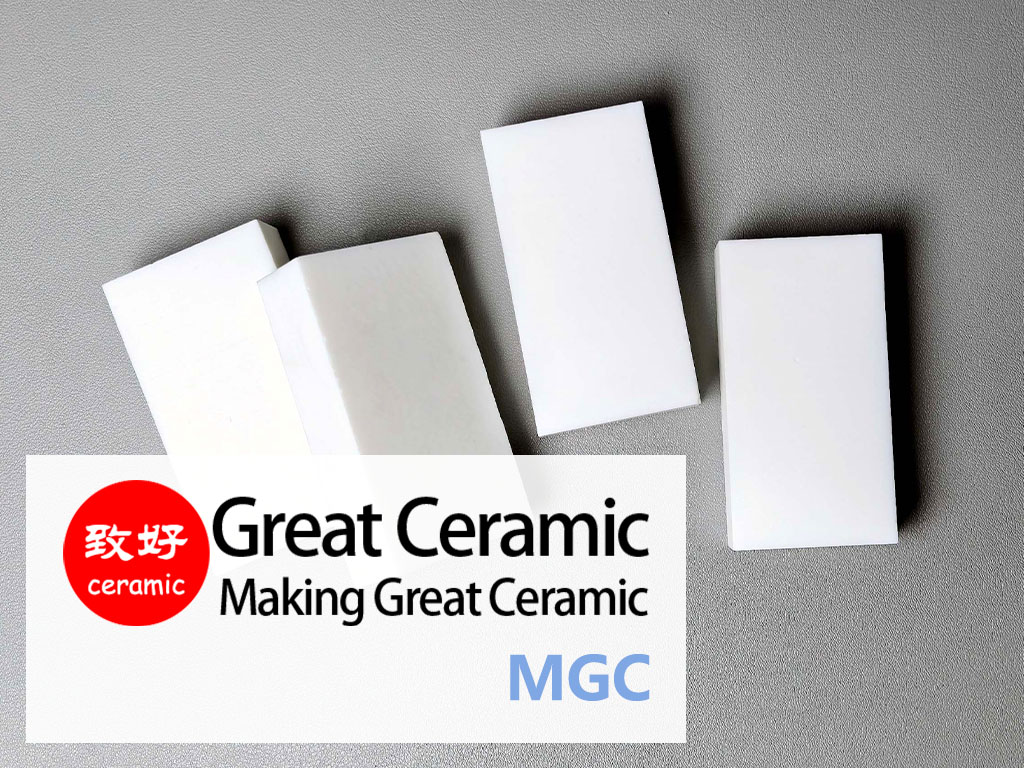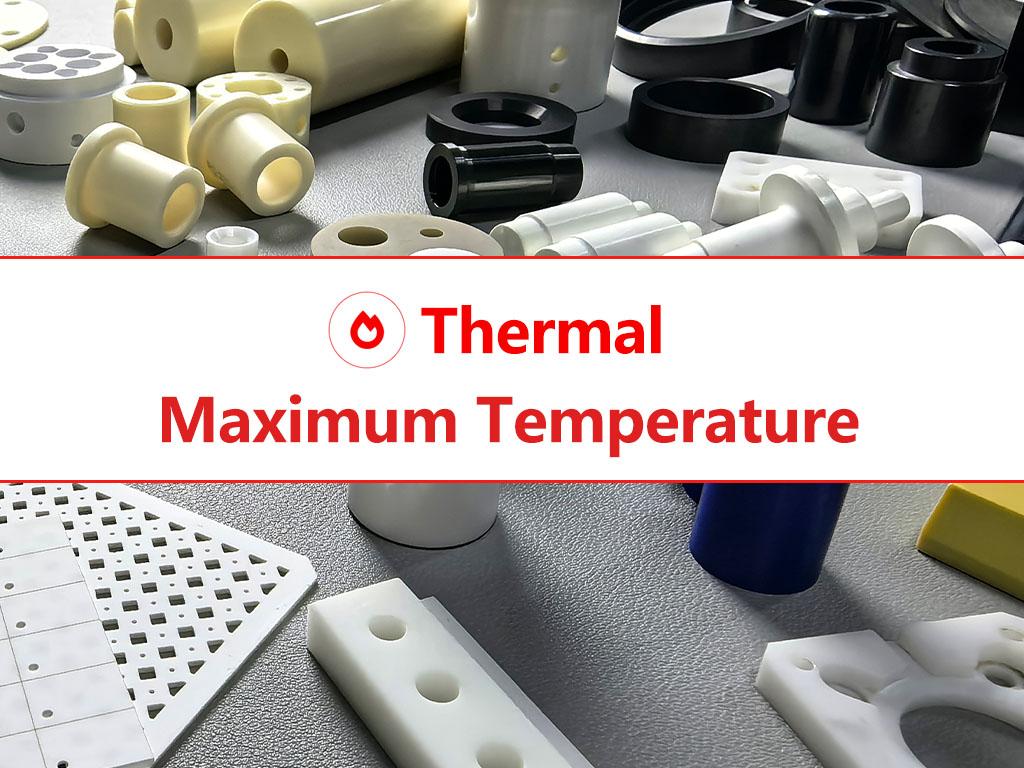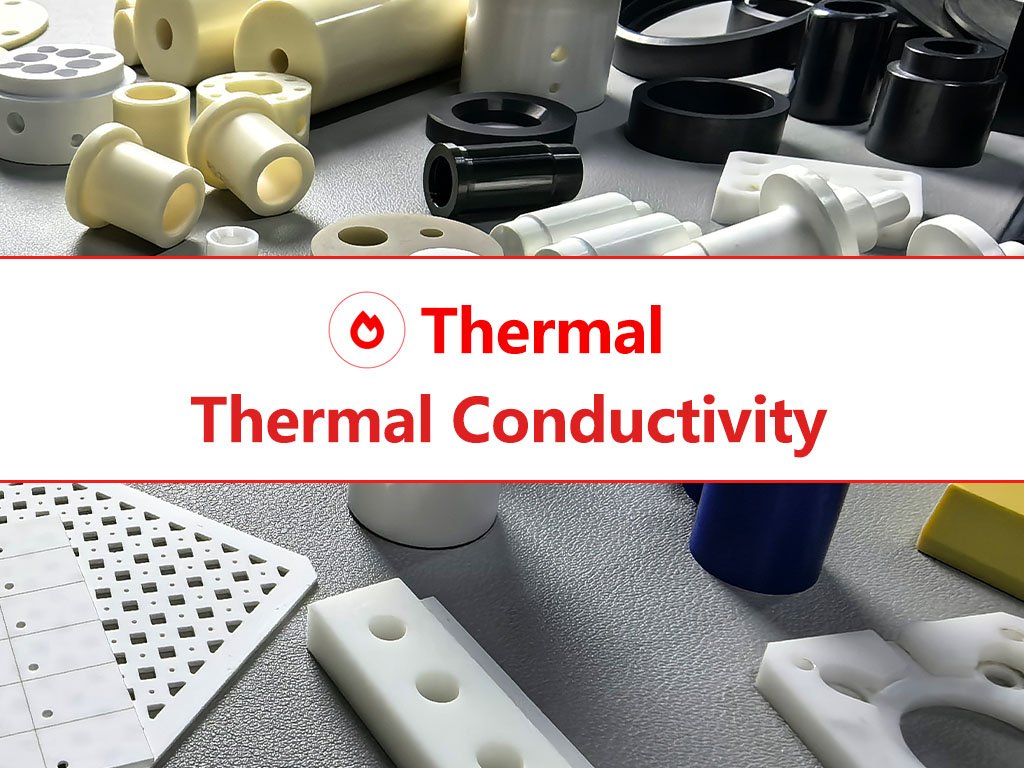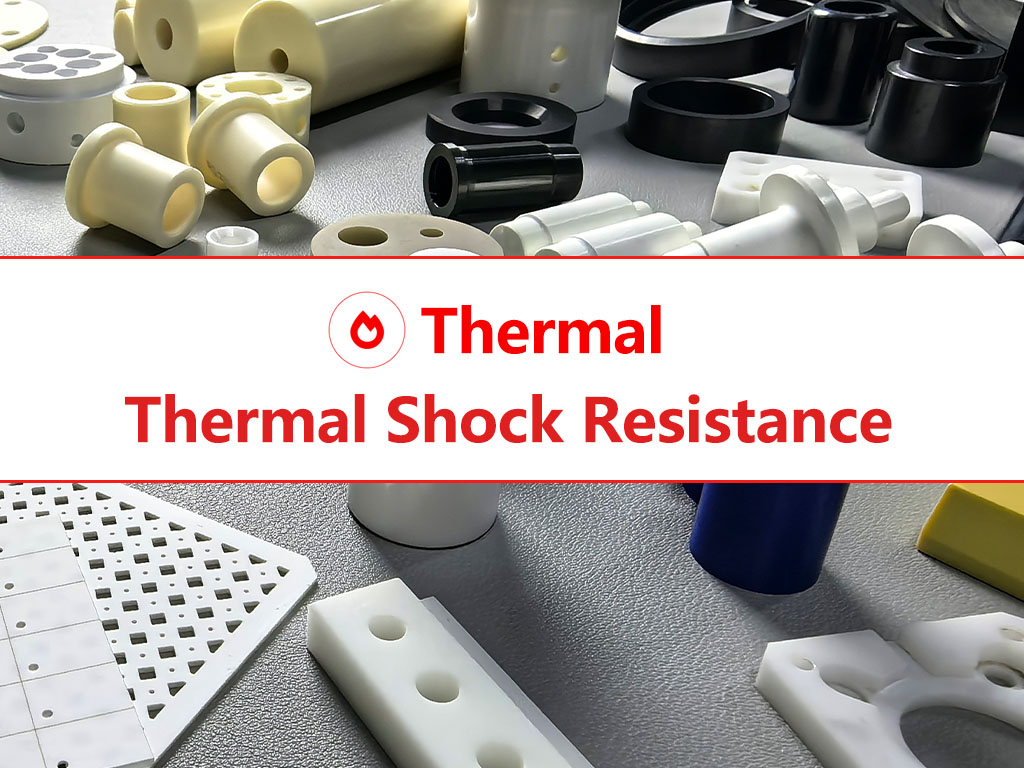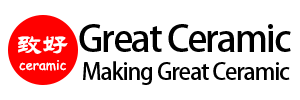Wärmeausdehnungskoeffizienten von Hochleistungskeramiken
Der Wärmeausdehnungskoeffizient (WAK) ist einer der wichtigsten Parameter bei der Entwicklung und Anwendung von Hochleistungskeramik. Er bestimmt, wie stark sich ein Material bei Temperaturänderungen ausdehnt oder zusammenzieht, was bei Baugruppen aus mehreren Materialien, in Hochtemperaturumgebungen und bei Präzisionssystemen eine entscheidende Rolle spielt. Hochleistungskeramik, die für ihre hervorragende Dimensionsstabilität und ihre niedrigen WAK-Werte bekannt ist, wird in verschiedenen Industriezweigen häufig eingesetzt, um anspruchsvolle thermische Anforderungen zu erfüllen.
Sprung zu
Daten | Vergleich | Anwendungen | FAQs | Verwandte Seiten
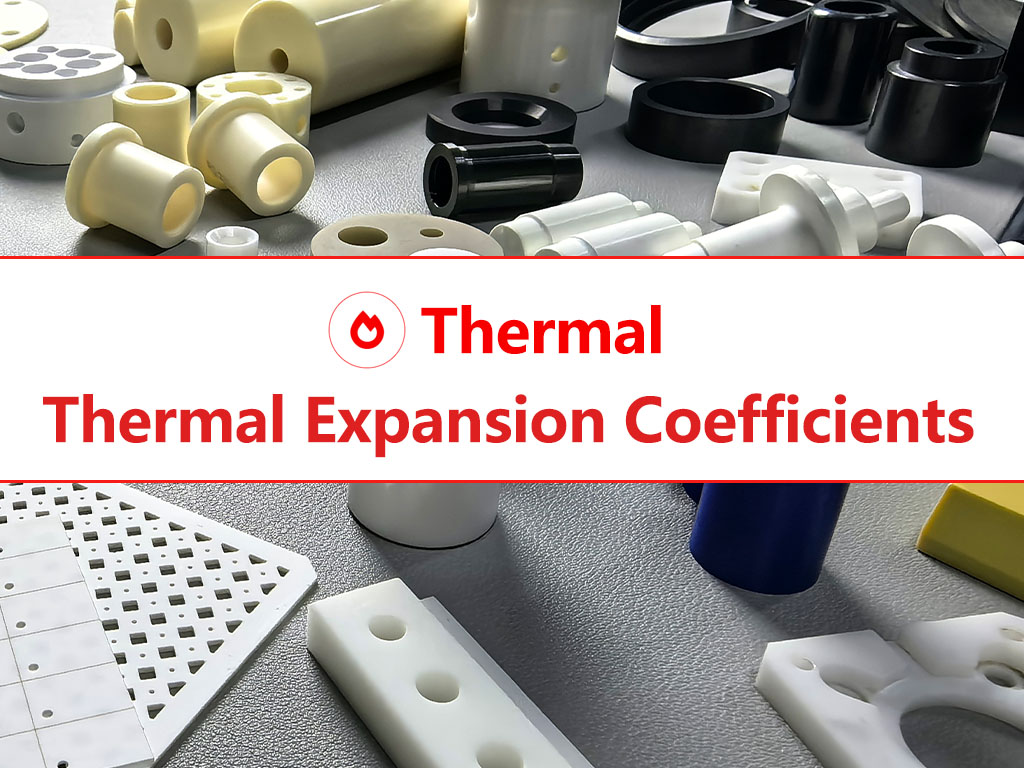
Warum der Wärmeausdehnungskoeffizient wichtig ist
Die unterschiedliche Wärmeausdehnung verschiedener Materialien kann zu thermischen Spannungen, Rissen oder Delaminationen in Verbundstrukturen führen. Durch die Auswahl von Keramiken mit geeigneten WAKs können Ingenieure solche Risiken minimieren und die Zuverlässigkeit und Langlebigkeit von Produkten verbessern.
Vorteile der Verwendung von Hochleistungskeramik mit geringer Wärmeausdehnung:
CTEs-Daten der wichtigsten Hochleistungskeramiken
| Keramisches Material | (×10-⁶/K) bei 20-300 °C | Merkmale |
|---|---|---|
| Siliziumkarbid (SiC) | 2.3 | Extrem hart, ausgezeichnete Korrosions- und Verschleißfestigkeit, hohe Wärmeleitfähigkeit |
| Siliziumnitrid (Si₃N₄) | ~3.7 | Hohe Bruchzähigkeit, Temperaturwechselbeständigkeit, geringe Dichte |
| Aluminiumnitrid (AlN) | 4.2~5.6 | Hohe Wärmeleitfähigkeit, elektrische Isolierung, geringer dielektrischer Verlust |
| Beryllium-Oxid (BeO) | ~6 | Sehr hohe Wärmeleitfähigkeit, elektrische Isolierung, giftig in Pulverform |
| Bornitrid (h-BN) | ~7.2 | schmierend, thermisch stabil, elektrisch isolierend |
| Tonerde (Al₂O₃) | 7.2~7.5 | Hohe Härte, gute Verschleißfestigkeit, hervorragende elektrische Isolierung |
| Bearbeitbare Glaskeramik (MGC) | 9.3 | Leicht bearbeitbar, gute Durchschlagfestigkeit, geringe Wärmeleitfähigkeit |
| Zirkoniumdioxid (ZrO₂) | ~10 | Hohe Zähigkeit, geringe Wärmeleitfähigkeit, Phasenumwandlungszähigkeit |
*Die Daten dienen nur als Referenz.
Brauchen Sie Hilfe bei der Auswahl der richtigen Keramik?
Die Auswahl des richtigen Keramikmaterials mit Ausdehnungskoeffizient ist entscheidend für die Gewährleistung langfristiger Zuverlässigkeit und optimaler Leistung. Ganz gleich, ob Sie Aluminiumnitrid-, Siliziumnitrid- oder Siliziumkarbid-Keramik benötigen, unsere Materialien bieten branchenführende Leistung, Haltbarkeit und Präzision.
Unser technisches Team ist für Sie da - kontaktieren Sie uns noch heute, um eine fachkundige, auf Ihre Bedürfnisse zugeschnittene Beratung zu erhalten.
Vergleich: Keramik vs. Metalle und Kunststoffe
Das nachstehende Balkendiagramm zeigt die Wärmeausdehnungskoeffizienten verschiedener technischer Werkstoffe - von superharten Keramiken bis hin zu gewöhnlichen Industriekunststoffen - in der Reihenfolge von hoch bis niedrig.
*Die Daten dienen nur als Referenz.
